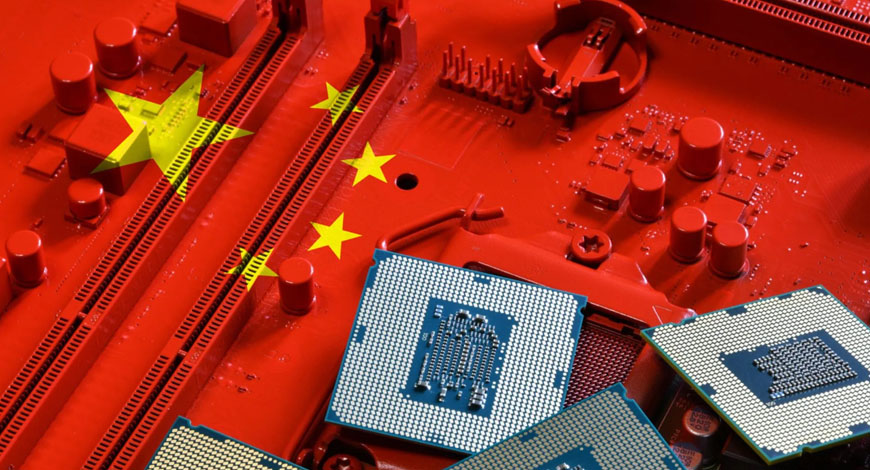Chinese scientists have created a superfast analogue chip that can solve complex maths problems for advanced scientific tasks and artificial intelligence (AI) while using less power than conventional computing, according to a paper published this month.
The analogue device designed by researchers from Peking University uses memory chips made of resistive materials. With future improvements, it could perform calculations at a processing rate 1,000 times faster than top digital processors, such as the Nvidia H100 graphics processing unit (GPU), according to the team.
“Precision has long been the central bottleneck of analogue computing,” the researchers said in a paper published in the peer-reviewed journal Nature Electronics on October 13.
“How to achieve both high precision and scalability in analogue computing, thereby leveraging its inherent advantages for modern computing tasks, has been a ‘century-old problem’ plaguing the global scientific community,” study author Sun Zhong, an assistant professor at Peking University, was quoted as saying in a university news release.
“Benchmarking shows that our analogue computing approach could offer a 1,000 times higher throughput and 100 times better energy efficiency than state-of-the-art digital processors for the same precision,” the team said in the paper.
Unlike digital computing, which relies on zeros and ones to store and process information, analogue computing processes information using values that can vary continuously within a range.
The way digital computing works is akin to a conventional light switch, with two possible settings: on and off, whereas analogue computing is more like a dimmer switch with a dial that can be adjusted to different light levels.
The team’s analogue device has achieved accuracy comparable to digital systems, which could help address computing challenges for AI and 6G communications, according to the university.
Their device was also used to detect wireless communication signals. The team found that the system’s performance in detecting wireless communications rivalled that of digital processors.
Digital computing is the dominant technology for general tasks today due to its vast storage capacity and programmability. These systems perform calculations through precise, step-by-step algorithms.
Solving advanced mathematical problems is important to fields such as scientific computing, signal processing and training neural networks.
While digital computing can handle most complex tasks, it struggles with large, continuous calculations often used in simulating natural systems, such as the weather or for powering AI that relies on matrix-based calculations.
“With the rise of applications using vast amounts of data, this creates a challenge for digital computers, particularly as traditional device scaling becomes increasingly challenging,” the team said.
This has increasingly presented a challenge due to the major time and energy consumption of digital systems, particularly as we approach the physical limit of computing. This limit arises from the separation of processing and memory in digital systems.
Analogue computing leverages physical quantities – such as voltage, current or water pressure – to directly solve problems. This allows it to simulate dynamic systems or perform AI calculations faster and with less power consumption.
The Antikythera mechanism, an ancient Greek mechanical model used to predict astronomical positions and eclipses, is the oldest known example of an analogue computer.
In 1936, Soviet engineer Vladimir Lukyanov built the “water integrator”, an analogue computer that used water moving through tubes to solve mathematical problems.
Despite the promise of analogue computing, its development has faced barriers such as low precision and issues with scalability, which have relegated it to “legacy technology”, according to the university.
The team said that using resistive memory arrays, which store data by changing the electrical resistance of a material between electrodes, could be used to speed up the process of solving matrix equations.
They said the performance of their device had already surpassed that of top-tier GPUs in solving medium-scale matrix equations, and further improvements in circuitry could enhance its performance even more. South China Morning Post
